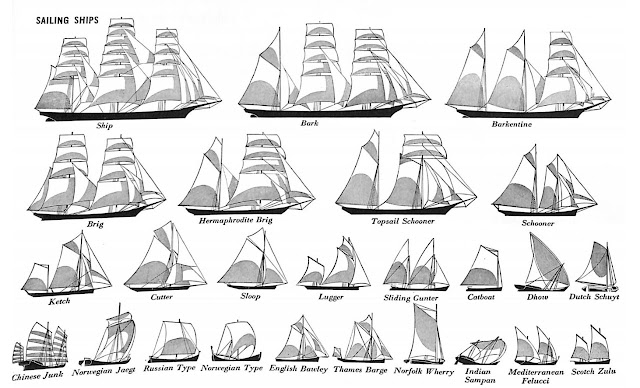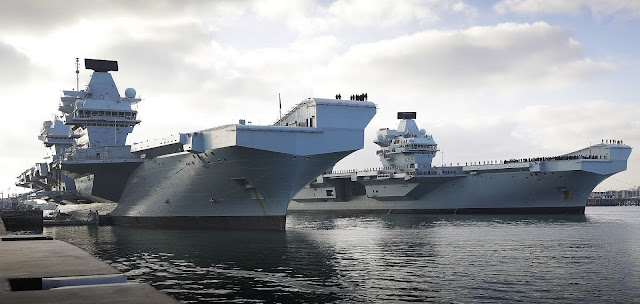Classifying Modern Warships - Part I (Background)

The numerous rigs that defined ship type in the age of sail Today there is some confusion about how modern warships should be described. Terms such as "destroyer," "frigate," and "corvette" are commonly thrown around, but it is impossible to find any agreed upon definition as to what they actually mean. It becomes even more complicated when attempting to compare warships from multiple nations, such as the Franco-Italian Horizon -class - which are known as "frigates" ( frégate ) by the French and "destroyers" ( cacciatorpediniere ) by the Italians, and are the product of the "Common Next Generation Frigate" program but have NATO "D" for destroyer hull numbers. However, before attempting to lay out a rational system for comparing modern warships, let us first briefly examine the history behind warship classifications. Beginning in ancient days with the development of dedicated warships, classification was large...
